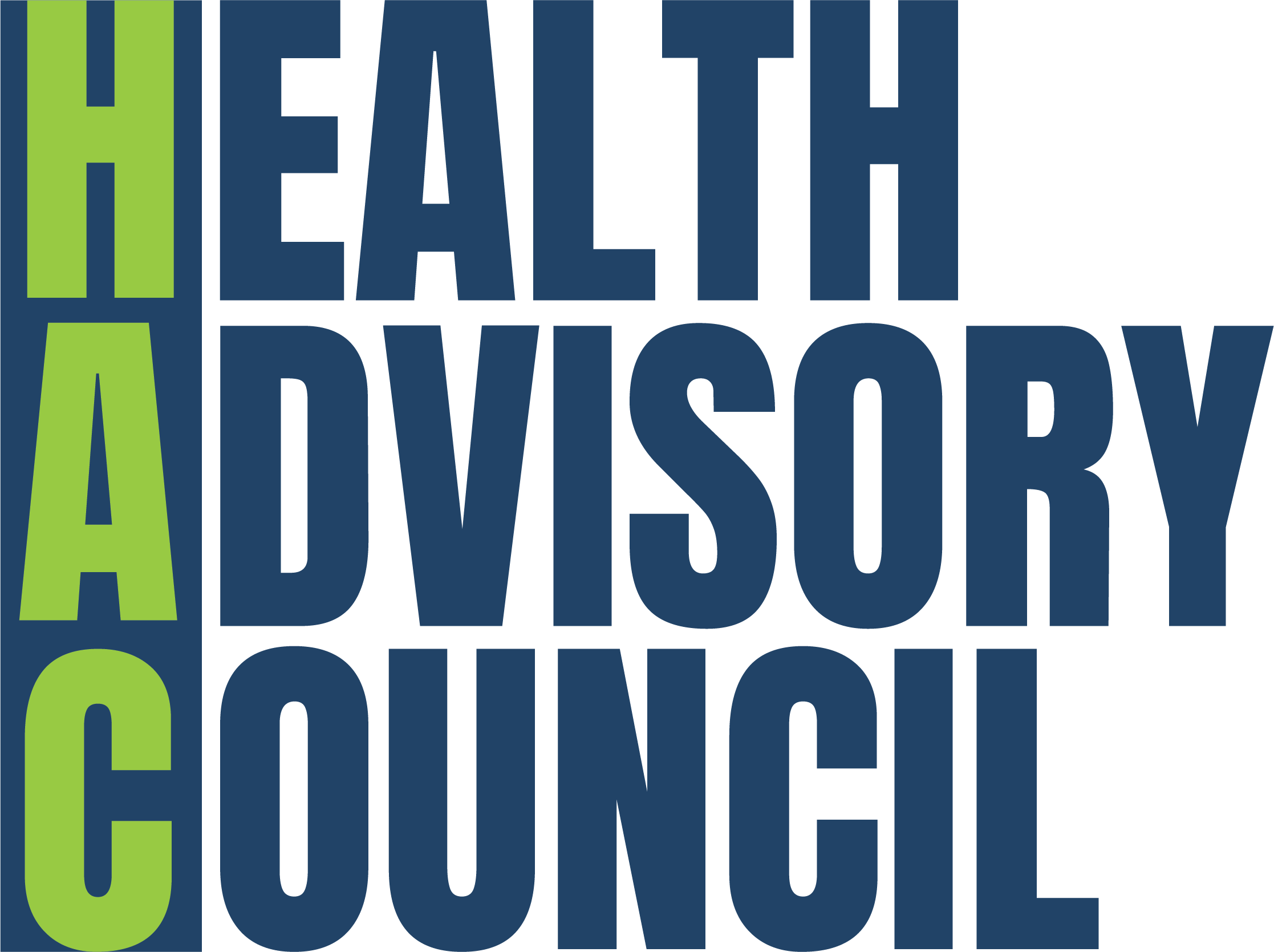Debunking myths about food stamps – National Consumers League
The Supplemental Nutritional Assistance Program (SNAP), formerly known as food stamps, is a federal aid program administered by the USDA that is up for renewal in the massive Farm Bill. Despite serving nearly one in seven Americans, SNAP is widely misunderstood, with countless myths mischaracterizing the program. We’ll help separate fact from fiction.
SNAP provides low-income individuals, senior citizens, and the disabled with financial assistance to purchase food. Due to its nature, SNAP acts not only to reduce hunger and improve nutrition, but also to alleviate poverty across the United States. In 2012, SNAP provided nearly $81 billion in food assistance to 46.7 million Americans.
Over the past month, Congress has been working to re-authorize the farm bill, which funds and sets the country’s food and agricultural policy every five years. Both the Senate and House had planned to make significant cuts to SNAP, which accounts for approximately 76 percent of the farm bill’s budget. The Senate proposed and passed a bill, which would make cuts of $4.1 billion in SNAP funding over the next ten years, meaning an estimated 500,000 families will lose $90 per month in benefits. The House failed to pass a bill that would make even more aggressive cuts, reducing SNAP funding by $20 billion over the next ten years, cuts that would impact almost 2 million people. But that is not the only debate surrounding the farm bill. Despite serving nearly one in seven Americans, SNAP is widely misunderstood with countless myths mischaracterizing the program.
Myth 1: SNAP recipients are “welfare queens.”
Reality 1: SNAP primarily provides assistance to the working poor. According to research by the Center on Budget and Policy Priorities, four out of five SNAP beneficiaries are either working—many of which are in the military— or individuals who cannot be expected to work, such as children, the elderly or the disabled.
Myth 2: SNAP is rife with fraud and abuse.
Reality 2: SNAP is a well-run and efficient federal program.
Since the introduction of the Electric Benefit Transfer card (EBT), which is essentially a debit card to purchase food, fraud within the program has reached unprecedented lows. According to the Government Accountability Office (GAO), “trafficking,” which involves selling SNAP benefits for cash, has gone from 3.8 cents per dollar to one cent per dollar over the last twenty years. Furthermore, SNAP is an efficient federal program. Approximately 92 percent of federal SNAP funding goes towards the beneficiaries. Only eight percent is spent on administrative costs, such as salaries, training and nutrition education.
Myth 3: SNAP is an economic drain.
Reality 3: SNAP helps to drive the local economy.
According to USDA, every dollar spent on SNAP spurs $1.79 in economic activity. Instead of stunting the U.S. economy, SNAP helps keep up demand for farm products and food, thereby boosting growth and jobs.
Myth 4: SNAP spending is out-of-control.
Reality 4: SNAP has only responded to increased need given the current economic state.
Since the number of SNAP beneficiaries is at a historic high, critics have called President Obama the “Food Stamp President.” In reality, these high enrollment numbers merely reflect the counter-cyclical nature of the SNAP program. The program acts as a safety-net, allowing anyone who is eligible to enroll. Because of the economic recession, more Americans are eligible for SNAP and, as a result, have become SNAP beneficiaries. When the economy recovers, the number of the SNAP beneficiaries should drop, and there is already some evidence suggesting that is the case.
Myth 5: SNAP recipients use federal money to enjoy lavish restaurant meals of caviar and champagne.
Reality 5: SNAP funding is primarily used to buy food—ranging from produce to pre-packaged items— at authorized retail stores.
A handful of states operate a SNAP Restaurant Meal Program, which allows the elderly, homeless, and disabled to purchase ready-to-eat food at restaurants. And yes, SNAP benefits also allow mothers to buy baby formula, but SNAP does not cover other household items—such as soaps, paper products, pet foods, alcohol, or cigarettes.
In dispelling the many myths surrounding SNAP, Americans must realize the countless benefits provided by the program, and urge your Members of Congress to protect SNAP funding. SNAP has assisted struggling Americans since 1961 to providing vulnerable Americans with the most basic of need—food. As concerned and compassionate Americans, we have to make sure these safety-net programs are protected.















